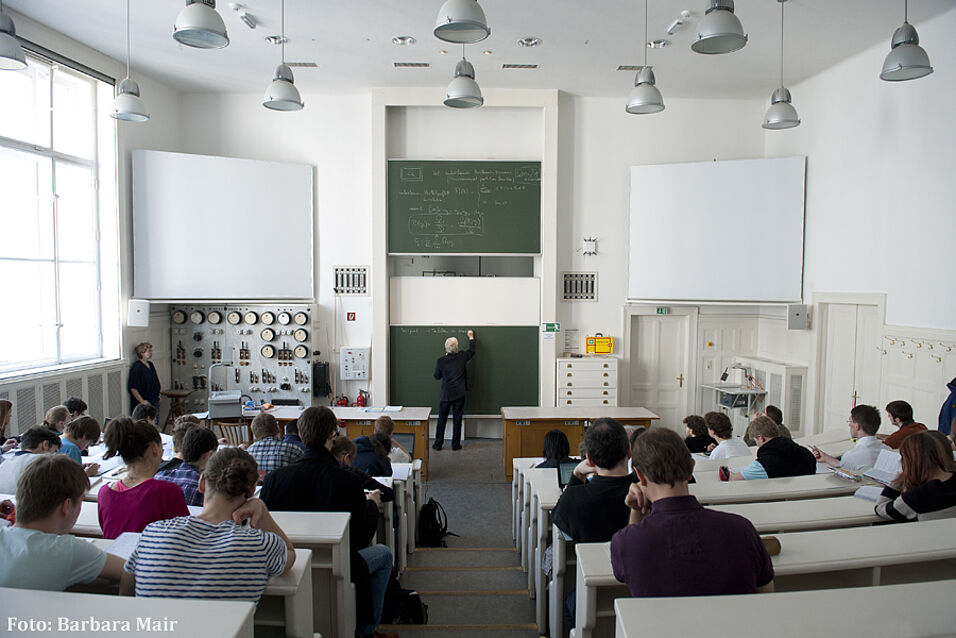Our main research interest is to understand the physical properties of plant materials, which has implications in learning about the function of plant materials for the organism but also for potential use and applications. We define a plant material as being based on cell walls which are composites of cellulose, hemicelluloses, pectins and sometimes lignin which encases the plant cell. Organisms “fine-tune” the physical properties not only by varying the chemical constituents; many properties and functionalities are achieved by structural complexity.
In this talk I will present multifunctional seed pods of Banksia attenuata, a native Australian species collected and published by Robert Brown in 1801 and 1810. The seed storing pods can remain on the plant for up to 15 years without metabolism before they open upon elevated temperatures (eg. caused by bush fires). However, the initial opening is not sufficient to release the seeds, further opening is fueled by moisture changes. To understand long-term stability and the 2-step opening process of this purely polymeric material various physical characterization experiments were employed. Including ecological aspects showed that opening temperatures change with a climatic gradient and we were able to identify the “temperature sensor” of the seed pods.
The findings on Banksia seed pods provide inspiration for self-sensing, moving and actuating materials and systems. Since this multifunctional material consists only of a few basic building blocks, namely cellulose, hemicelluloses, lignin, tannins and waxes, recycling and sustainable material use seem to be much easier compared to multi-component composites. In addition to being able to apply these design principles for future material use, our research also leads to a better understanding of seed release in natural ecosystems. This knowledge could be beneficial for predicting effects of changing climate on plant communities but also for planning land management activities such as controlled burns.
Im Rahmen des Vortrages findet eine Lehrprobe zum Thema „Brownian Motion: Theory and Experiment“ statt.

